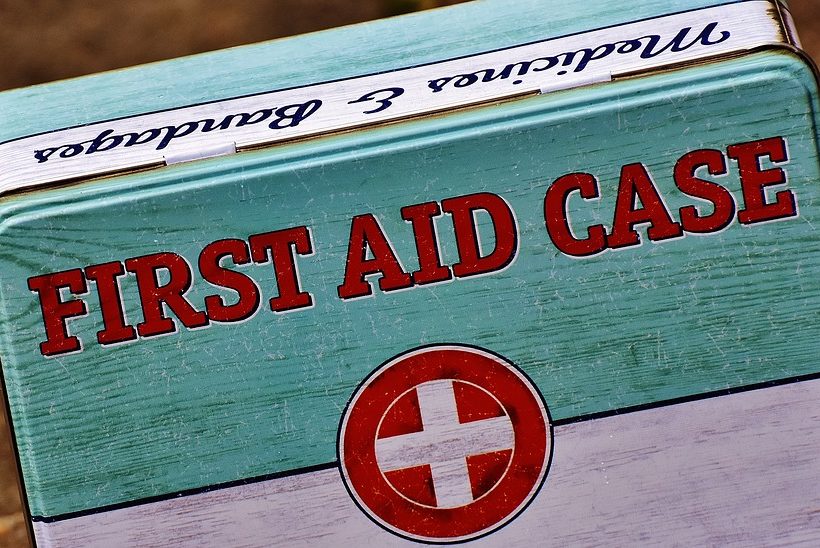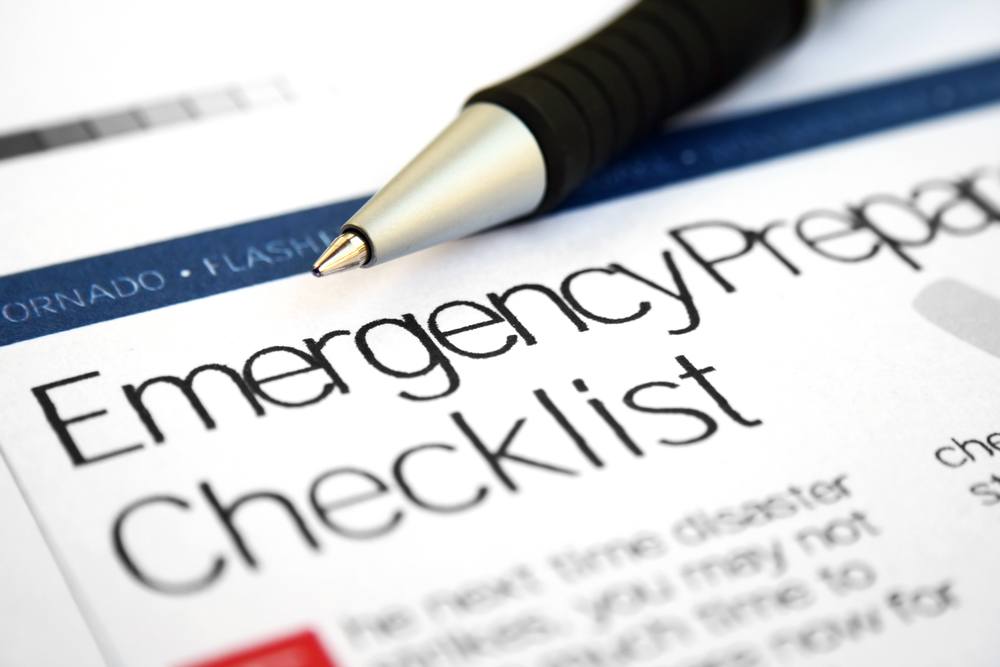Business
How technology is impacting emergency plans for businesses
Businesses should have emergency plans in place to address unexpected problems should they arise.

No business should be without an emergency plan for any potential problem that could arise. From arson to burglary to natural disasters and everything in between, a crisis can throw a rather large wrench into the workings of any company if it’s not prepared.
Traditionally, creating an emergency plan involved writing down instructions, posting them in a well-traveled area and hoping someone bothered to read them. Technology is changing the way business owners create emergency plans. How is technology having such a dramatic impact on something that used to be done on pen and paper?
Designing an emergency plan for businesses
The first step for any business is to develop an emergency plan. This plan should consist of at least three basic components:
- An evacuation plan if an emergency occurs during business hours
A shelter-in-place plan for issues like tornados, where the best course of action is to stay indoors
A plan for fiscal damage control after the crisis ends
Business owners should also take the time to speak with their employees to ensure they have an emergency plan in place at home as well.
While this all might sound like common sense, many companies don’t have a plan. One study found that 7% of small businesses don’t have one in place, and 14% are planning to develop one within 12 months.
The impact of technology on emergency planning

New technologies are emerging every day that are changing the way business owners look at emergency planning. IoT, or the Internet of Things, is quickly becoming an invaluable tool. This technology is based on networking and data transference. IoT can be used for everything from enhancing weather data to tracking property and even managing floods.
Business owners can utilize IoT to keep track of inventory, which aids in fiscal damage control. Many companies are already adopting IoT for inventory management and asset tracking — this application is just an extension of that. It could even be used to keep track of employees, such as those who carry RFID or Bluetooth-enabled ID badges to access the facility, to ensure they are safe during an emergency.
Microsoft and emergency planning
Microsoft has been one of the country’s technological leaders for decades. Now the company is creating new tools for businesses to help them manage disasters by being proactive instead of reactive. Microsoft Disaster Response tools make it easier for companies to view the emergency as a whole, rather than focusing on how it impacts them individually. The company’s concept of “What’s in My Backyard” (WIMBY) emphasizes community and the fact that everyone needs to work together to recover from disasters, natural or otherwise.
Many of Microsoft’s tools are already being put into play. They’ve worked to bring low-bandwidth versions of Skype and Lync to areas that may have lost internet connection after natural disasters. This keeps people in touch with one another during emergencies and can be used to organize humanitarian and rescue efforts when cellphones and landlines fail.
Test, practice and adapt
Even the best emergency plan is only useful if it’s tested and practiced regularly. A business owner can write up the most comprehensive plan of all time, but if their employees don’t know where to go, how to behave or how to execute it, it’s not worth the paper it’s printed on or the hard drive space where it’s stored. All companies should take the time to test each phase of the plan to make sure it’s functional. Try to make it fail. Those failures will show where it needs to be improved.
Then, practice the plans. Host live drills so all workers know what is expected of them during a disaster. If something doesn’t work right, change it. Plans don’t have to be written in stone — they should be adaptable. No plan ever survives contact with the enemy, or in this case, an emergency.
Technology strengthening emergency preparations
No one likes to think about what they’ll do if their business experiences an emergency, but being prepared does so much more than just keep things running smoothly. Proper preparation means it will be easier for employees to resume normal business operations after a disaster. New technology is just another tool to help make this happen.
(Featured image by DepositPhotos)
—
DISCLAIMER: This article expresses my own ideas and opinions. Any information I have shared are from sources that I believe to be reliable and accurate. I did not receive any financial compensation for writing this post, nor do I own any shares in any company I’ve mentioned. I encourage any reader to do their own diligent research first before making any investment decisions.

-

 Biotech2 weeks ago
Biotech2 weeks agoSpain Joins First EU Joint Clinical Assessment Under New Health Technology Regulation
-

 Impact Investing18 hours ago
Impact Investing18 hours agoCOP30: Fragmented Climate Politics, Multi-Speed Transition, and Emerging Investment Opportunities
-

 Crowdfunding2 weeks ago
Crowdfunding2 weeks agoa2censo Expands Crowdfunding Access for SMEs and New Investors
-

 Markets7 days ago
Markets7 days agoRice Market Rebounds from Oversold Lows Amid Weak Demand
























